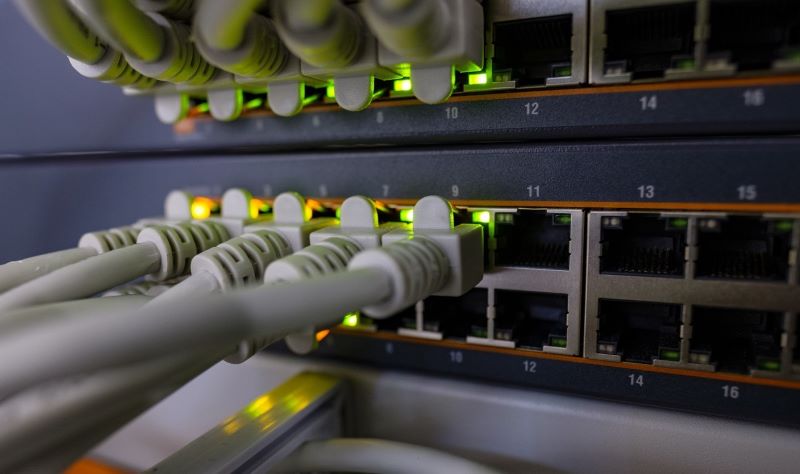Tips To Optimize Your Office Internet Set-up
Your office internet set-up may not be a top priority to you, but if you are trying to be even a little bit competitive it is recommended that you take the steps listed below to optimize your internet.
Before we get to that, though, we need to cover a few of the basics. You need to know the terminology that internet providers use, and you need to know what you actually need.
A. Internet Bandwidth:

The bandwidth is more important to the efficiency of your office internet set-up than the internet speed, which will be discussed later. In basic terminology, the internet bandwidth is HOW MUCH DATA can be uploaded or downloaded at any given time.
Related Resource: Verizon Internet Taking Advantage Of The Emergency Broadband Benefit Program
B. Internet Speed:

The internet speed is HOW FAST the data can be uploaded or downloaded. When people talk about the speed of their internet this is what they are talking about.
These are basic definitions of the two, but that is all that you will need to know to understand how to optimize your internet. The two terms are commonly used interchangeably, but they are at totally opposite ends of the service. It is possible to have them both work together to have the absolute best service that you can possibly have, which is where we are headed.
Now that you understand the difference between the two you will need to do a quick analysis of your internet and see if the performance of your system is due to your service, or whether it has to do with your equipment.
1. Speed Test:
Before you start blaming your devices, or your people, you need to verify what your office is getting from the inlet connection. By that, it is meant how much are you truly getting from your service provider.
You can do a quick search online and find a free site that will assess your system. Just type in the search bar ?free internet speed test? and you can see your numbers. Check to make sure you fall in the best ranges for your office.
2. Router Placement:

Most of the time it will be hard to place the router in the most optimal place, but there are a couple of things to consider. Place the router in a central location that is free from any obstructions.
This means not directly in front of a wall leading to another room, by a mirror or microwave, and not placed on the floor. It should be as high as possible, away from other equipment, and away from water.
Related Resource: What To Do When The Connection Between Your Access Point Router Or Cable Modem And The Internet Is Broken?
3. Equipment:
You need to upgrade your equipment to the newest models available. They should also be designed for office use. Most routers are set up for games, which works if your office does a substantial amount of online video calls. If you have a big office space, you can use wireless amplifiers that plug into the wall around the house.
4. Applications That Steal Bandwidth:
Your next task is to go through the system and delete any programs that steal a large amount of bandwidth, such as most of the movie and game streaming applications. If your employees want to use the connection while on a break, let them sign in as a guest, which you can put limits on. If they do not like the limits, they can search for iSelect Australian internet providers that can give them remote access.
5. Viruses:

These annoying little things can cause big problems. Some of them anyway. Some will do little noticeable damage to your computer but will slow performance down by a decent amount. You should obviously have some type of internet protection in place, but even then, you will need to check for them on a regular basis.
6. Updates:
Updates are made for a reason. Usually, it is for bug issues that slow down the performance of the entire network. You should have these set up to run checks, and to install, automatically every day.
Make sure that the system does it at a convenient time for you, not during the middle of your workday. Not just the main system ones, either. Make sure that all your programs and applications are up to date.
7. Talk to Your Internet Provider:
If you have issues off and on throughout the day, and you have gone through the checklist up to this point, it is time to call your internet provider. They can run tests on their side, or send out a technician, to see what the problem is. It may be a free service done for all their customers, or they may charge you a small fee.
That is all that there is to set up your office?s internet in the most optimal way. It may seem like a ton of information to retain and use, but it is actually not that hard. If you find this impossible to understand you may want to fork out some cash to hire a professional to do what they need to do in order to get your office up to a lightning-fast speed.
Read Also:






















